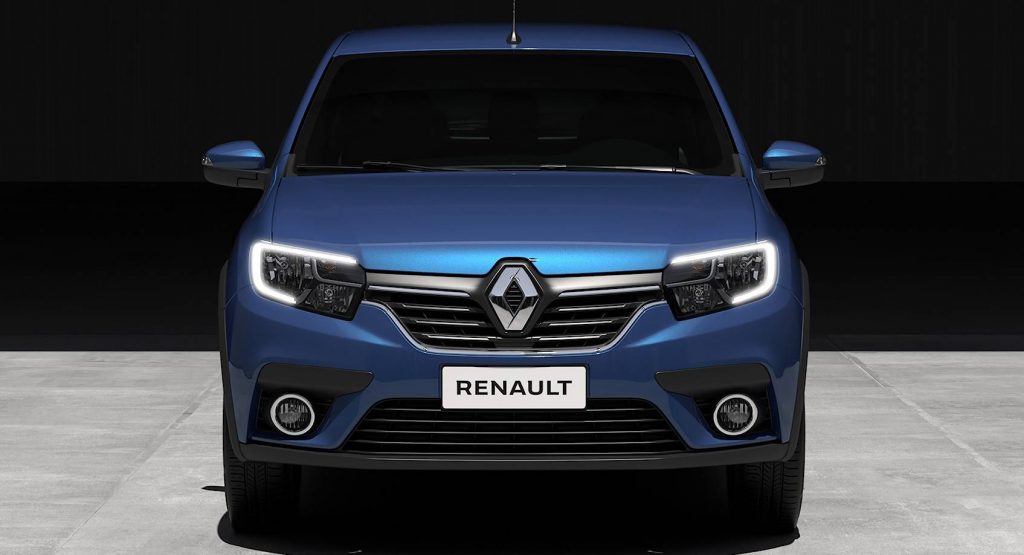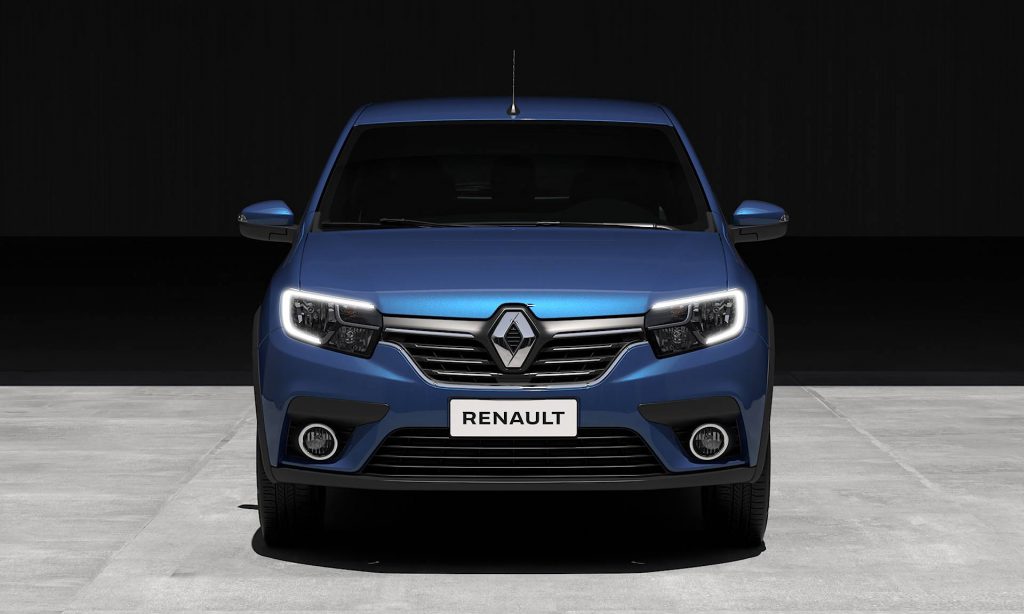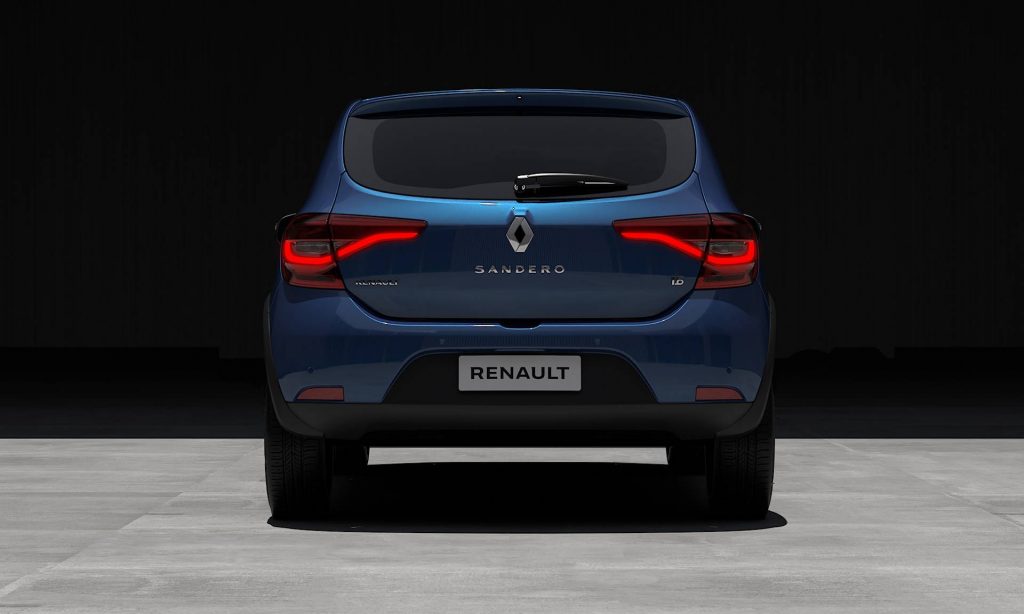Launched in 2014, two years after Dacia debuted the second-generation Sandero, the Renault-badged version of the budget hatchback is getting a significant update for 2020.
Don’t get your hopes up too high though, because this may not be an all-new model – despite bringing a number of updates. The first official photos of the 2020 Sandero released by Renault Brazil reveal the front and rear ends, which look heavily revised.
At the front, the headlights receive minor updates compared to the current model facelifted in 2016, including a C-shaped LED signature. The grille is different and more Renault than Dacia, while the front bumper gains a new, sportier design. Another change regards the bonnet which now extends more towards the grille.
The modifications look more dramatic at the rear where the 2020 Sandero receives new taillights that adopt a more Renault-esque design with a new LED signature as well. The rear bumper is also revised but there are clear clues that we’re still dealing with the old model, such as the tailgate cutout and shape of the rear window.
Interestingly, the photos’ filenames on Renault Brazil’s media website are “cvt-front” and “cvt-back,” possibly hinting at the adoption of a CVT on the new Sandero. The new transmission could be Nissan’s XTronic unit.
Also read: Renault Will Stop Selling Rebadged Dacias In Russia And Brazil
The 1.6 badge leaves no doubt about the engine, which should be the SCe 116 naturally aspirated unit producing 115 PS (113 hp) when fed with gasoline and 118 PS (116 hp) when running on ethanol, Brazil’s favorite fuel. Hooked to the CVT, it should be more fuel efficient than in the current configuration. A smaller 1.0 SCe unit should represent the entry-level engine.
There aren’t any photos of the interior yet, but the budget hatch should bring some improvements such as revised seating surfaces, dashboard, and door panels. These exterior and interior updates will apply to all Sandero versions, including the high-riding Stepway and RS 2.0 hot hatch. The 2020 Renault Sandero will continue to be built in Curitiba, Brazil for the local market and other Latin American countries.
For now, it is not clear whether the Dacia Sandero will get the same updates as the Renault Sandero. Most reports talk about the Dacia-branded model getting an all-new generation based on Renault’s CMF-B platform. We’ll hopefully learn more about that in the coming months.





